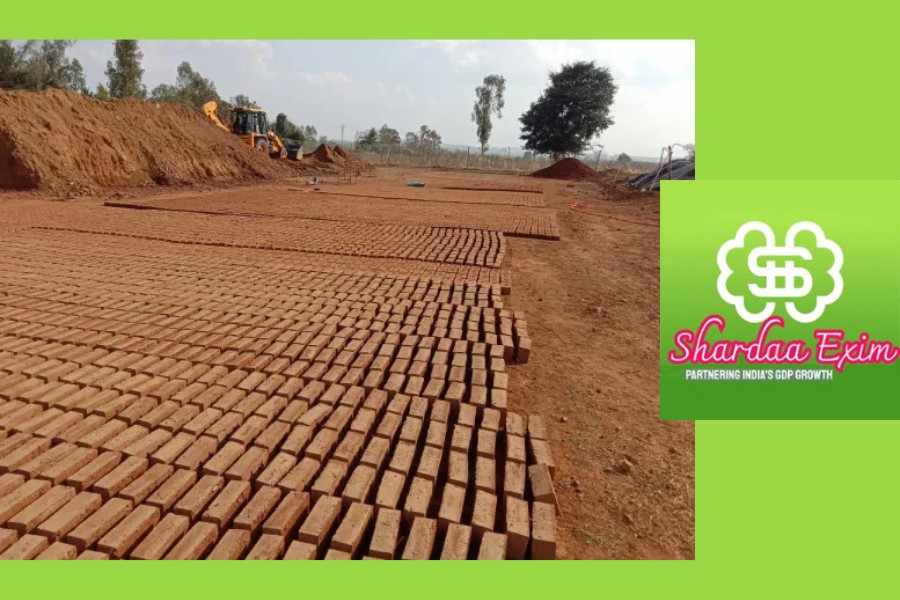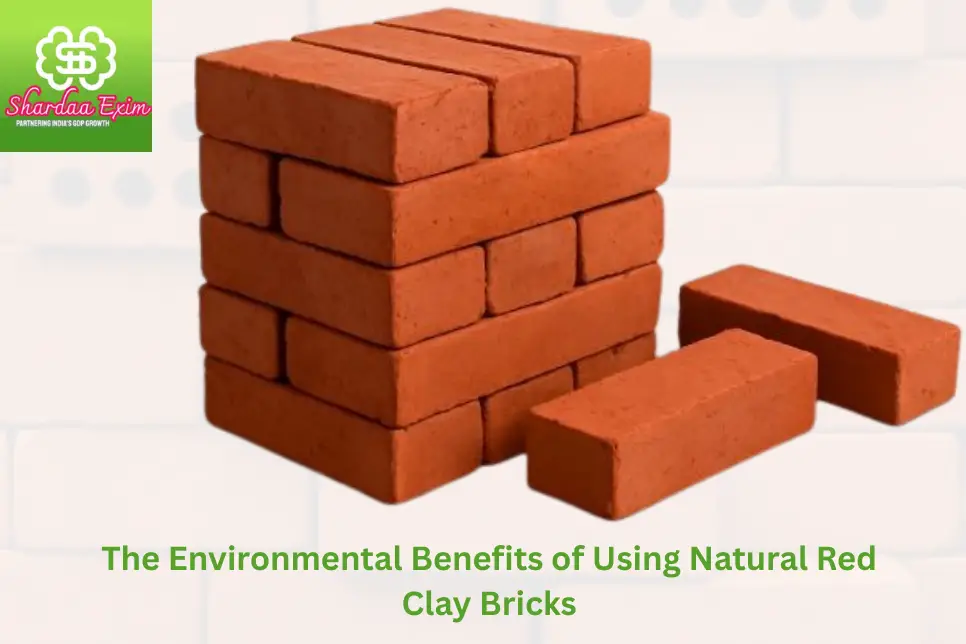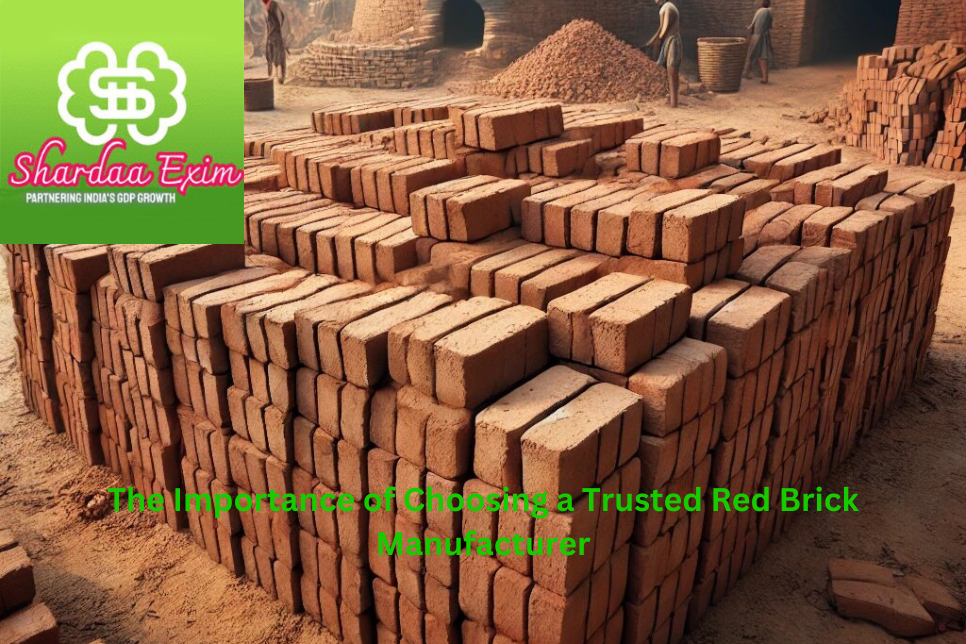
Why Red Clay Bricks Are a Sustainable Building Material
At this time where sustainability is a top priority in construction, red clay bricks have come out as a classic and eco-friendly building material. Known for their durability, stunning appearance, and natural composition, red clay bricks offer numerous environmental benefits that make them a sustainable choice for modern construction.
Here’s why red clay bricks are considered a green building material:
Here’s why red clay bricks are considered a green building material:
Made from Generous Resources: Red clay bricks are primarily made from natural clay, shale, and water—materials that are widely available and renewable.
Non-Toxic: Unlike some synthetic building materials, red clay bricks do not release harmful chemicals or any toxic components into the environment.
Energy Efficiency
Thermal Insulation: Red clay bricks have excellent thermal mass properties, meaning they absorb and store heat during the day and release it slowly at night. This helps regulate indoor temperatures, reducing the need for heating and cooling systems.
Lower Energy Consumption: Buildings made with red clay bricks often require less energy for climate control, leading to lower carbon emissions and energy bills.
Durability and Stability
Long-lasting: Red clay bricks are incredibly durable and can last for long time with minimal maintenance. This reduces the need for frequent replacements, saving resources and reducing waste.
Weather Resistance: They are resistant to extreme weather conditions, including heat, cold, and moisture, making them ideal for sustainable construction in diverse climates.
Recycle and Reusable
Recycle: At the end of their lifecycle, red clay bricks can be crushed and reused as aggregate for new bricks or other construction materials.
Reusability: Old bricks from demolished structures can often be cleaned and reused in new projects, reducing the demand for new materials.
Fire Resistance
Non-Combustible: Red clay bricks are naturally fire-resistant, providing an added layer of safety and reducing the risk of fire-related damage. This contributes to the sustainability of buildings by enhancing their resilience.
Minimal Waste during Production
Efficient Manufacturing: The production of red clay bricks generates minimal waste, as any defective bricks or clay scraps can be recycled back into the production process.
No Harmful By products: Unlike some industrial processes, brick manufacturing does not produce toxic by-products that harm the environment.
Aesthetic and Functional Versatility
Classic Appearance: The natural beauty of red clay bricks enhances the aesthetic value of buildings, reducing the need for additional finishes or coatings that may have environmental impacts.
Adaptability: They can be used in a variety of applications, from structural walls to decorative elements, making them a versatile choice for sustainable design.
Support for Local Economies
Local Production: Brick manufacturing often supports local industries and creates jobs, contributing to sustainable economic development.
Reduced Transportation Costs: Sourcing materials locally reduces the carbon footprint associated with transporting building materials over long distances.
Conclusion
Red clay bricks are more than just a traditional building material—they are a sustainable solution for modern construction. Their natural composition, energy efficiency, durability, and recyclability make them an environmentally friendly choice for builders and architects. By choosing red clay bricks, we can create structures that are not only beautiful and long-lasting but also kind to the planet.
Whether you're constructing a new home, renovating an old building, or designing a commercial space, red clay bricks offer a sustainable and reliable option that aligns with the principles of eco-friendly construction.
Recent Posts

April, 18 2025
The Environmental Benefits of Using Natural Red Clay Bricks

March, 19 2025
The Importance of Choosing a Trusted Red Brick Manufacturer


